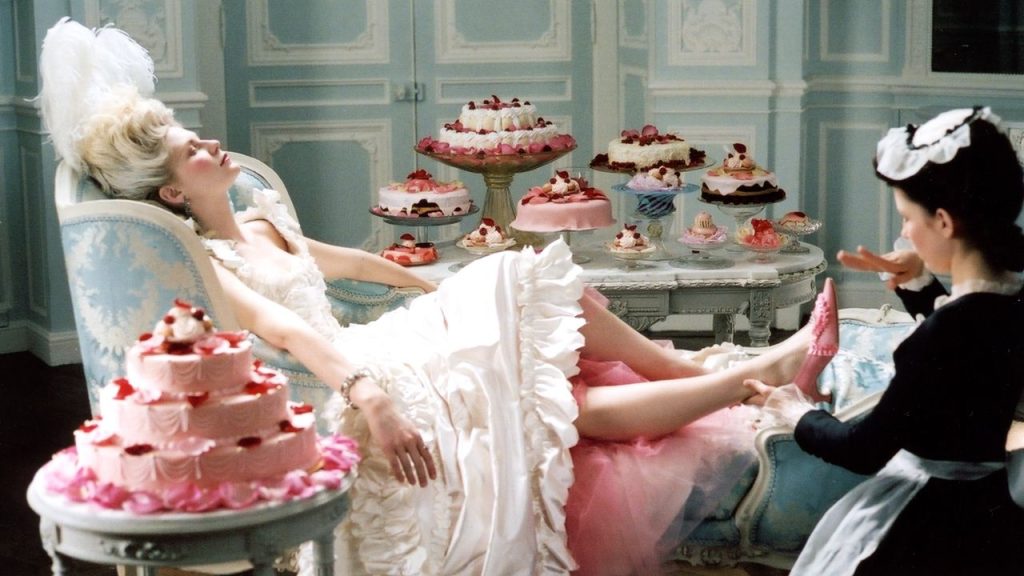Buying up to four pairs of shoes per week while her subjects were starving, France’s final queen remains both a “vacuous profligate” and a “style icon for a consumerist cult” to this day, said Laura Cumming in The Observer.
The V&A’s exhibition – the first in the UK solely devoted to her – brings together iconic pieces worn, and inspired, by Marie Antoinette: a character of haute-culture adorned with controversies.
Married at just 14 to the late-teens Sun King, Louis XVI, the young Austrian later became a spearhead of extravagance, a vision of “white cotton frocks”, “towering hair and a fresh pastel palette”. During her reign as consort, her decorative force was felt by all in France, with a “grotesque 13% of the state budget” devoured entirely by the royal family.
Even following her death aged 37, the “queen of fashion” became immortalised through her style. Following the blow of the guillotine, red-ribbon chokers became a visceral Paris craze; the porcupine hairstyle echoing her “shorn hair” – known as “coiffure à la guillotine” – a poignant, if less lurid, reminder of her fate.
A bygone age
The V&A’s collection presents a number of exceptional loans never seen outside Versailles, such as “silk slippers, jewels from her private collection” and, remarkably, “the final letter she wrote”, said Anna Murphy in The Times.
Despite relatively little surviving the almost 250 years since her “tragically-ever-after” death, perhaps the most elucidating item is the “single be-bowed beige shoe” she lost while fleeing the Tuileries, pursued “by a revolutionary mob in 1792”.
Another “jaw-dropping exhibit” is an adaptation of her wedding dress for Duchess Hedvig Elisabeth Charlotta, later Queen of Sweden. Its pannier – a type of hooped petticoat – appears so decadently wide “as to render only the most palatial doorway navigable”. Equally impressive is the “epic bling” of the Sutherland diamonds, whose jewels are the “size of Galaxy Minstrels”.
A peek behind the curtain
At a time associated with failed foreign wars, constant political discontent on home soil and financial decline, Marie Antoinette exercised a desire for freedom rather than “magnificence”, said Matthew Dennison in Country Life. Where Louis avoided the “costly building projects” of former kings, or commissioned practical creations – such as round-cornered furniture to tackle his shortsightedness – Marie Antoinette exercised the expansive “cultural leadership associated with consortship”.
Hers was not a life associated with subtlety: she ordered “300 hyacinth bulbs” to perfume her bedchamber in the winter of 1778, and “bespoke scents” straight from Montpellier.
Counter-intuitively, though, these acts reflected a desire to escape, reminding her of the “freedom she had forfeited through marriage”. A tour-de-force, the exhibition shows that “she, not her husband, was responsible for the evolution of the Louis XVI style”, creating an unrivalled “world of beauty”.
Marie Antoinette Style is at the V&A, London SW7, from 20 September, vam.ac.uk
The UK’s first show dedicated solely to the French queen explores the complex woman behind the ‘bling’
